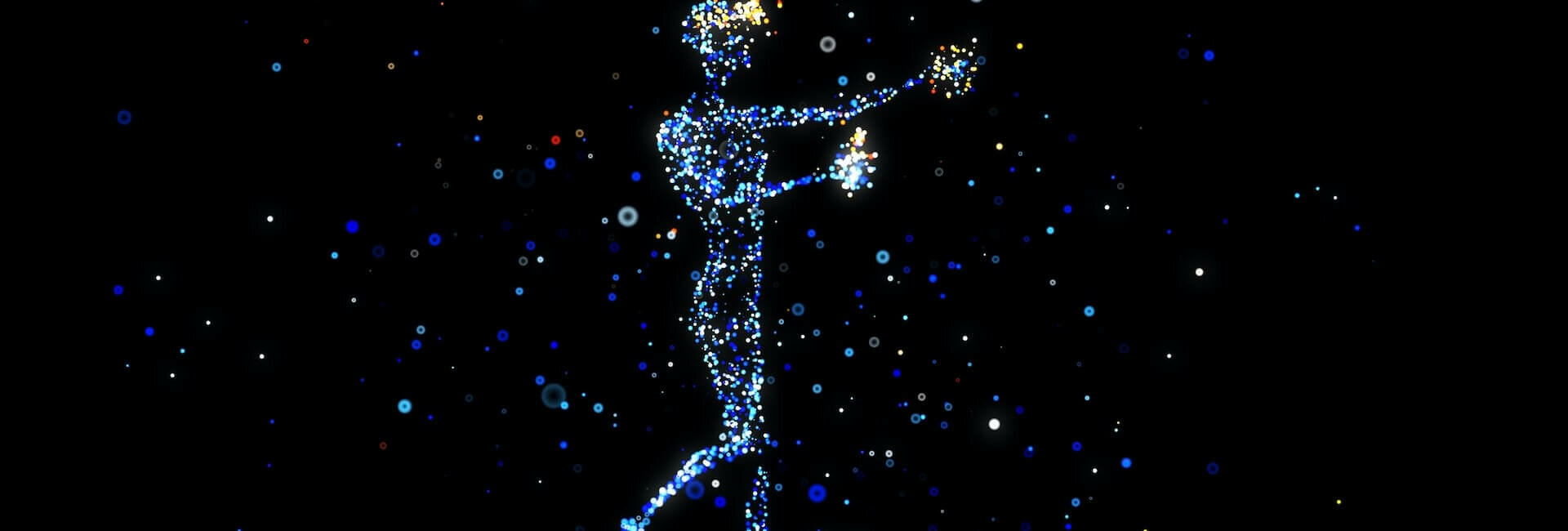
Latest News
Trademark law in the metaverse – is the metaverse a legal free space?
Trademark law has arrived in the metaverse. Nike has already filed several trademarks for protection in the metaverse, and an artist was charged with trademark infringement for offering his digital “MetaBirkin” handbags for sale with a retail value of $1.1 million.
But which court actually has jurisdiction over trademark protection in the metaverse? After all, intellectual property protection is regulated at the national level. And is this really a case of trademark infringement? In short: Is the metaverse a legal free space? In short: Is the metaverse a lawless space? Many questions and so far few answers to a rapid digital development – or so it seems. Many questions and so far few answers to a rapid digital development – or so it seems. However, the idea of a virtual world is not new. Science fiction author Neal Stephenson already outlined the metaverse in his 1992 novel “Snow Crash”: a virtual parallel world that serves the protagonists as a refuge from a dystopia.
In 2022, 30 years later, virtual worlds are on the rise. In addition to Meta, probably the best-known company in the field, a number of other companies such as Google, Apple, Microsoft, Qualcomm, Epic Games, Huawei, Adobe and Sony Interactive Entertainment are also busy developing their own virtual worlds.
But, what is the Metaverse anyway?
The Metaverse is a collective, virtual three-dimensional space in which people can move freely and interact with each other in the form of individual avatars. Thereby the possibilities are manifold: One can “shop” digitally animated in the Metaverse, “travel” around the (virtual) world, generate and exchange data, or simply play.
The big difference to previous virtual reality games is that the Metaverse is not limited to one platform, but is composed of many different platforms. The special feature is therefore decentralization. Goods are to be interoperable, so that a functioning economic system can be established in which ownership and investment are possible.
Ownership in the digital world. Is that possible?
So-called NFTs make it possible. Non-fungible tokens are digital proofs of ownership of intangible goods. These goods are usually unique, non-substitutable digital assets (tokens). Blockchain technology allows the ownership of these tokens to be uniquely proven and transferred. Examples include digital computer game objects, such as fashion for avatars, digital tickets, and works of art. Which brings us back to artist Mason Rothschild and his “MetaBirkin.”
A new digital market is emerging.
.Rothschild had simulated over 100 individual handbags with faux fur and various colors and offered them for sale as NFTs on the OpenSea platform with a retail value of $1.1 million. Problem: He had probably based the creation of his handbags on the famous model “Birkin” of the fashion house Hermés. At least, that is how the manufacturer of the fashion brand sees it and considers its trademark rights infringed by the virtual bags, since it had not agreed to the creation of the “Birkin Bag” in the metaverse.
The case could have been the entry point to jurisdiction in the metaverse. However, since the artist removed his NFT from the Metaverse after Hermés filed suit, the case settled before a decision could be made. The issue remains unresolved.
What remains are open questions.
Important questions, such as the trademark classification of the offer of virtual goods, remain open. After all, the goods or services for which the trademarks are to be used must be classified. The German Patent and Trademark Office in Munich and Jena lists 45 classes according to the international “Nice Classification”. Among them are classes of services as well as classes of goods. However, the sale of virtual goods can be understood as downloadable software (class 9) or as a service (class 41 or 42). Especially in international legal relations, this creates the risk of divergent decisions depending on the trademark office.
The virtual universe – at least that is how it is planned by many – will have no borders. At least none that resemble the real world. Trademark law, however, is set up territorially. So the question is not only how to classify, but also which trademark office is responsible and what criteria are used to determine responsibility? The decisive factor here could be the territorial orientation of the offer: language, domain extension and the user’s place of residence are of great importance here.
In addition, the question of when the metaverse is still a decorative use or already a trademark infringement remains exciting. A large number of signs, patterns and shapes are protected as trademarks. In the future, this will raise questions not only for fashion designers, but also for designers of the virtual world and its goods, such as: Can I depict a crocodile on an avatar T-shirt without automatically infringing Lacoste trademark law?
Better early than late.
The metaverse is not a legal vacuum. Although we are facing the same problems with virtualization as with digitization, it has also been shown in the best possible way in the course of digitization that existing standards can largely be applied to the new problems. However, it is better to be safe than sorry.
he “MetaBirkins” make it clear: trademark owners should pay attention to the scope of protection of their trademark. Although the metaverse is still in its infancy, the great potential and buying power of this newly tapped international market is already becoming apparent. In all likelihood, however, the same problems will arise as in the real world. Brand owners should be prepared for possible brand conflicts with digital products. It is therefore advisable to secure trademark rights for the virtual universe at an early stage.
